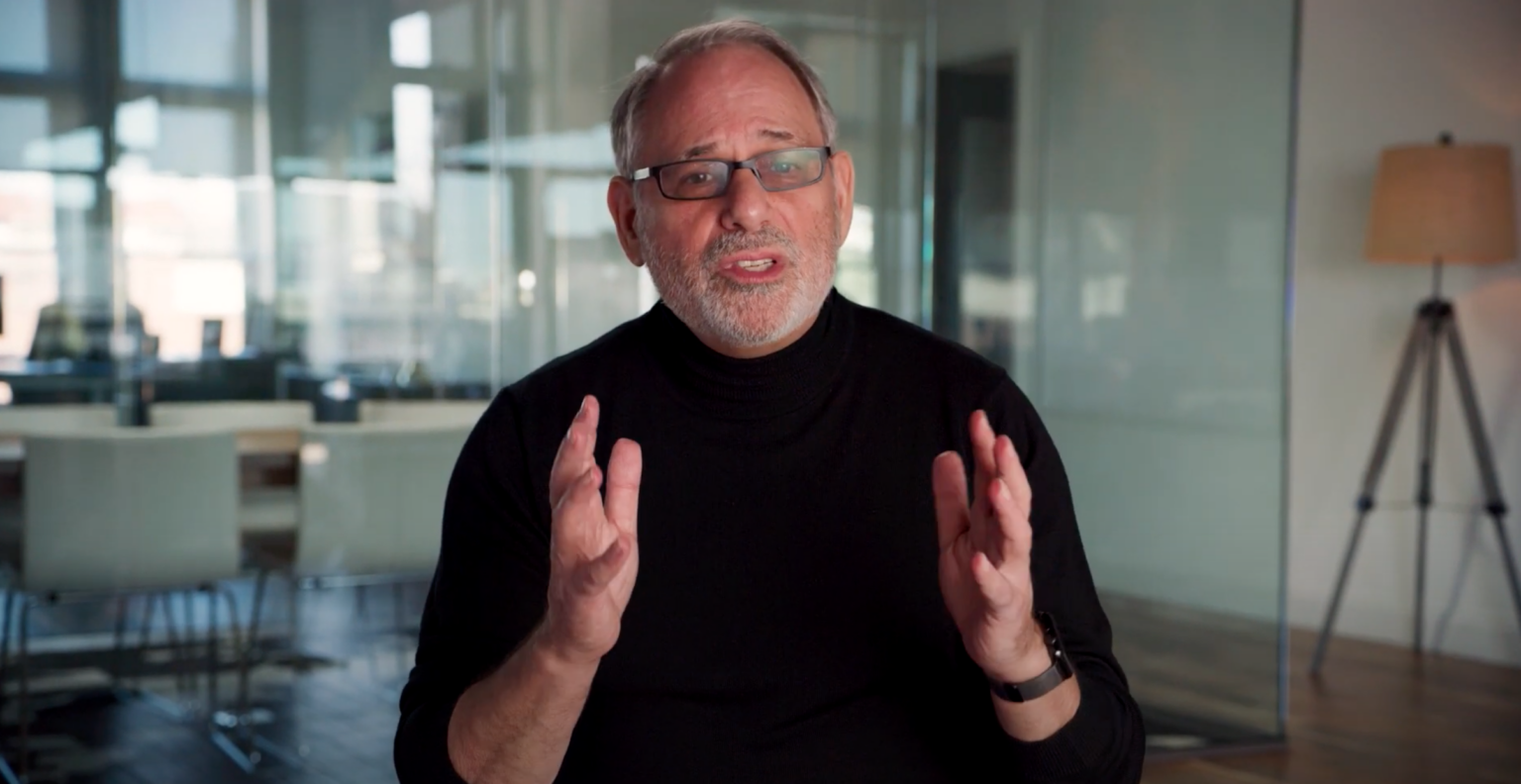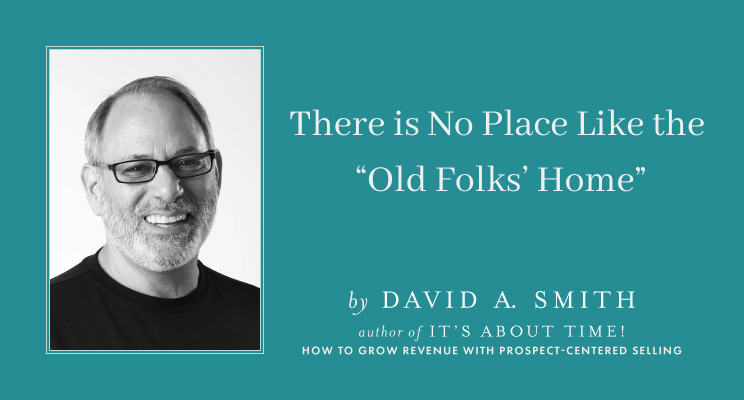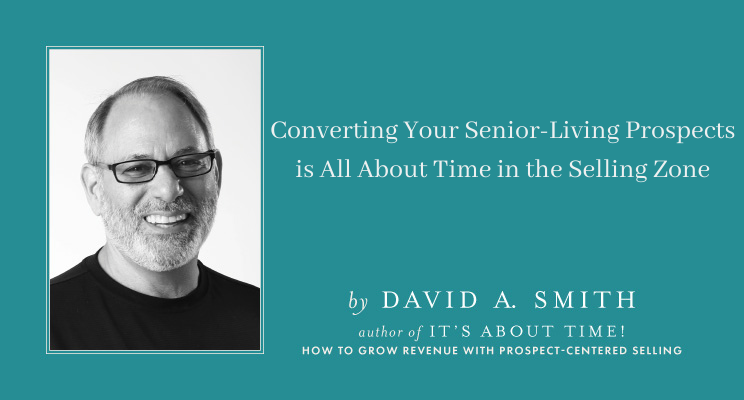Helping Older Adults Across the Bridge of Fear
“THERE’S NO PLACE LIKE HOME.”
No doubt, you remember Dorothy, the ruby-red-slipper-wearing kid who immortalized those words in a movie called The Wizard of Oz. After millions of viewings, those five words remain permanently etched in our nation’s collective memory.
Those simple words also reflect why millions of America’s older adults still wait such a long time to decide whether to move out of homes that no longer fit their needs. The decision is clearly complicated by the fact that our “home” is the repository of memories, familiarity, and a reflection of our personal identity.
Recently, I made a second appearance on the “Life’s Third Act” radio program to delve even more deeply into the incredibly personal subject of whether and when older adults should consider the move to a senior living community. Here’s a quick overview of what we talked about.
As we age into our 70’s and 80’s, there is at least one major life experience we all have in common – living in the same place for many years. The one we call “Home.” So, it’s only natural to attach a high sentimental value to these places as we get older.
Agreeing to move, especially to a senior community, also invites a potent, self-reflexive question. If I give up my home, what then? Where do I fit in if I admit to myself that I no longer benefit from living in the Home that I’ve constructed for myself?
In the most general sense, nearly all the people who can afford and would benefit from a move just aren’t ready to accept or address the real and perceived challenges of aging, like the fear of losing relevance or even our sense of identity.
Thanks to fears such as these, it’s no surprise most people resist selling their homes – even if they struggle to maintain them. Even if they don’t need as much space and only spend time in the same two or three rooms. Even if there are stairs or other potential fall risks. Even if they’ve become socially isolated. And perhaps most troubling of all, even when keeping the home ties up equity from possibly their most valuable asset.
That’s why when individuals at this point in their lives are asked “would you consider a move to senior living?” the most common response is some version of “Maybe in the future, but I’m not ready yet.”
To be clear, moving to a senior living community certainly is not the right decision for everybody. Yet research confirms that residents of senior living communities are healthier, live longer and are more satisfied with their lives than their matched counterparts who are still living in their own homes.
What’s more, even though countless senior living community residents are on the record telling loved ones “I wish I would have moved in sooner,” even more continue “staying the course” by staying put.
These hundreds of thousands of people are kept from moving by an emotional “readiness gap” created by some combination of three fears – the fear of change, the fear of losing one’s identity and the fear of losing our independence.
As we cover in the show, it’s important to know getting across that Bridge of Fear – whether for yourself or for someone you’re talking to – is an extremely intricate process that requires more than being highly informed. It takes no shortage of courage and personal reflection, especially the willingness to confront vulnerability and re-evaluate one’s identity. Of course, above all, navigating such a path forward in the face of emotional resistance takes time.
We also discuss the importance of when to start thinking about the move to a senior community. In short, there are two paths: Control the decision as much as you and your family can while you’re still healthy; or allow the decision to be managed by someone else in response to an unexpected health crisis.
Thankfully, we live at a time when senior living communities exist in an incredibly wide range of environments with an even wider range of amenities – creating more opportunities to be personally connected and fulfilled than anyone could’ve conceived decades ago, never mind when Dorothy had to follow a legendary yellow brick road.
Click here to catch the entire program.


